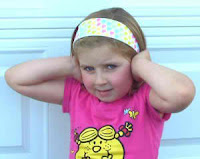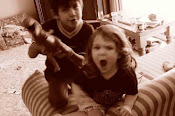What is the Best Therapy for Kids with ASD Level 1?
“What would be the best therapeutic approach for a 6-year-old boy with Autism (level 1)?” The ideal treatment for ASD level 1, or High-Functioning Autism (HFA) coordinates therapies that address core symptoms of the disorder (e.g., poor social skills, obsessive or repetitive routines, etc.). While most therapists agree that the earlier the intervention, the better, there is no single best treatment package. Treatment takes into account the linguistic capabilities, verbal strengths, and social vulnerabilities of kids on the autism spectrum. A typical program generally includes: training of social skills for more effective interpersonal interactions training and support of mothers and fathers, particularly in behavioral techniques to use in the home social communication intervention, which is specialized speech therapy to help with the pragmatics of the give-and-take of normal conversation occupational or physical therapy to assist with poor sensory integration and mot


